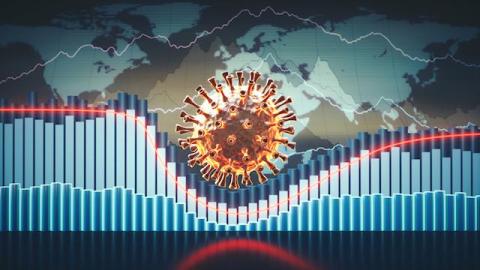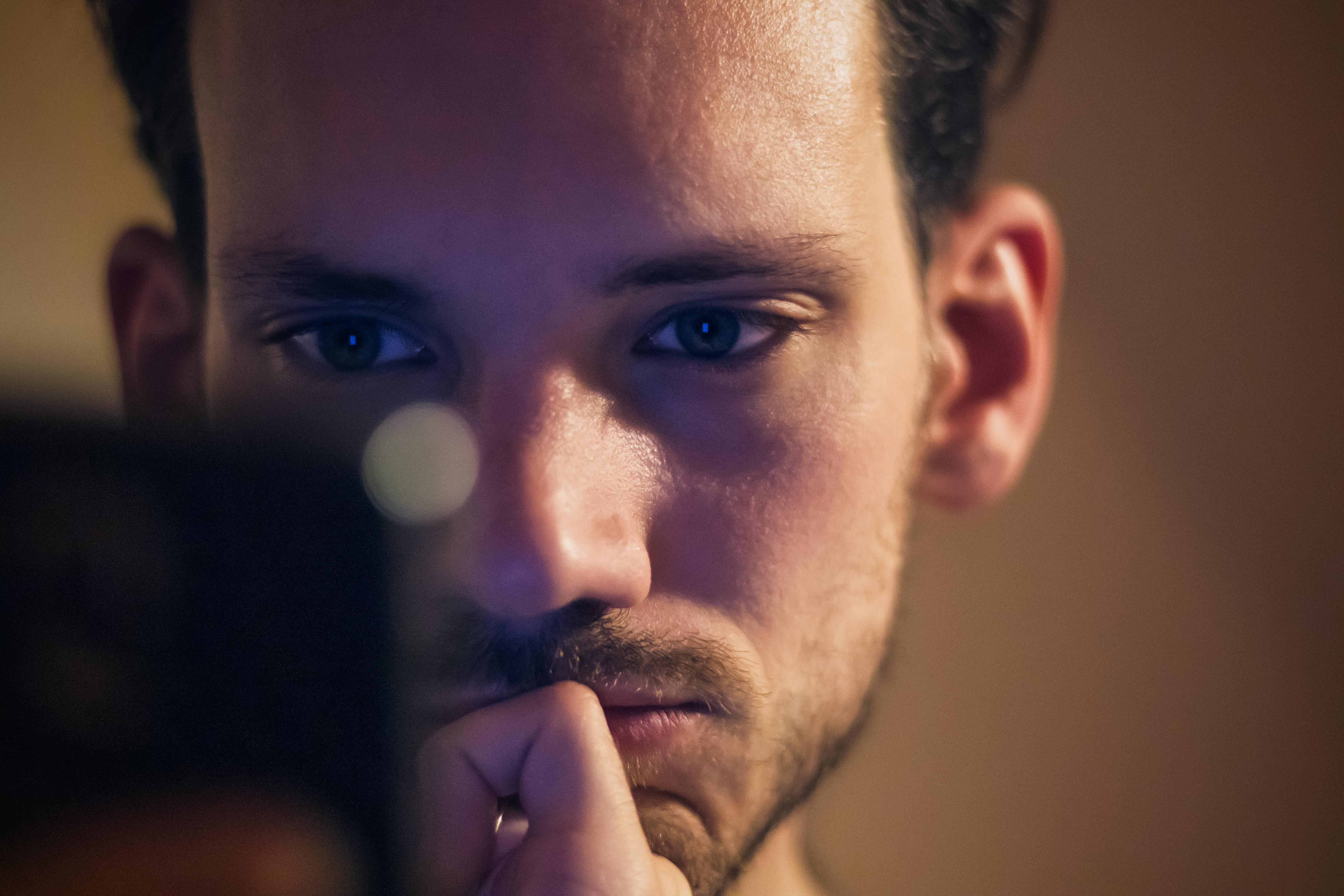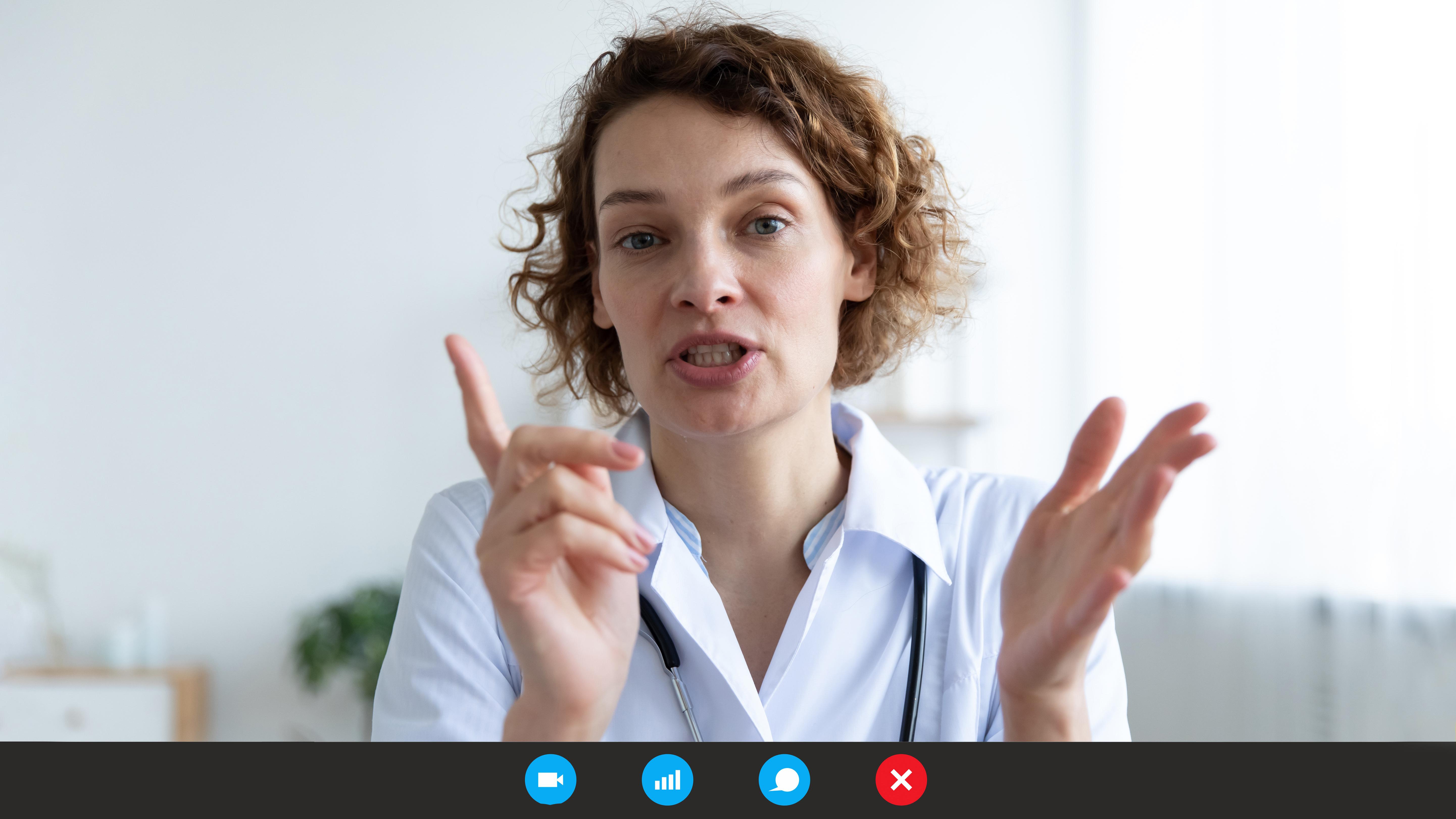How New York’s largest hospital system is predicting COVID-19 spikes

Credit: Getty Images
- The machine-learning algorithm works by analyzing the online behavior of visitors to the Northwell Health website and comparing that data to future COVID-19 hospitalizations.
- The tool, which uses anonymized data, has so far predicted hospitalizations with an accuracy rate of 80 percent.
- Machine-learning tools are helping health-care professionals worldwide better constrain and treat COVID-19.
One of the most devastating aspects of the COVID-19 pandemic has been unpredictability. The nation’s health systems—especially those in hard-hit areas like New York City—have had to adapt to sudden surges of COVID-19 cases, all while dealing with limited resources, existing patients, and a novel virus that’s still not fully understood.
But what if health systems were able to forecast COVID-19 hospitalizations two weeks before they occur? Northwell Health, the largest health care system in New York state, recently deployed a predictive tool that does just that.
Northwell Health’s surveillance dashboard is able to predict COVID-19 hospitalizations by using insights from machine learning. In March, Northwell Health’s Customer Insights Group developed an algorithm that’s been mining data from online traffic to the Northwell.edu website, which has received more than 20 million hits since March.
The algorithm collects data through 15 different indicators, each of which reflects the online behavior of the website’s visitors. For example, the tool analyzes metrics such as the length of time users spend on certain pages, searches for emergency department wait times, and specific symptoms users search for. Combined, this information translates into something like the “public mood” of the website on any given day.
Since Northwell Health began using the predictive tool in September, it’s predicted COVID-19 hospitalizations with an accuracy of about 80 percent.
To understand how this mood relates to future COVID-19 cases, Northwell Health began comparing its data with a timeline of COVID-19 hospitalizations across 23 hospitals and nearly 800 outpatient facilities and in the metro New York area. This enabled the Customer Insights Group to see patterns of online activity that precede future increases or decreases in hospitalizations.
Since Northwell Health began using the predictive tool in September, it’s predicted COVID-19 hospitalizations with an accuracy of about 80 percent.
“This is really the first tool that I’ve been exposed to that gives me a sort of guestimate of what two weeks from now may look like,” said Dr. Eric Cruzen, chief medical informatics officer of Northwell’s emergency medicine services and chair of the emergency department at Lenox Health Greenwich Village in Manhattan.
“Even if the data can provide an idea of whether to expect an increase, decrease, or stasis, that’s valuable. Because every day we’re working to estimate what tomorrow’s going to bring. Any tool that’s going to shed light on that is a good tool in my book.”

Northwell emergency departments use the dashboard to monitor in real time.Credit: Northwell Health
One unique benefit of forecasting COVID-19 hospitalizations is that it allows health systems to better prepare, manage and allocate resources. For example, if the tool forecasted a surge in COVID-19 hospitalizations in two weeks, Northwell Health could begin:
- Making space for an influx of patients
- Moving personal protective equipment to where it’s most needed
- Strategically allocating staff during the predicted surge
- Increasing the number of tests offered to asymptomatic patients
The health-care field is increasingly using machine learning. It’s already helping doctors develop personalized care plans for diabetes patients, improving cancer screening techniques, and enabling mental health professionals to better predict which patients are at elevated risk of suicide, to name a few applications.
Health systems around the world have already begun exploring how machine learning can help battle the pandemic, including better COVID-19 screening, diagnosis, contact tracing, and drug and vaccine development.
Cruzen said these kinds of tools represent a shift in how health systems can tackle a wide variety of problems.
“Health care has always used the past to predict the future, but not in this mathematical way,” Cruzen said. “I think [Northwell Health’s new predictive tool] really is a great first example of how we should be attacking a lot of things as we go forward.”
Northwell Health has made its predictive tool available for free to any health system that wishes to utilize it.
“COVID is everybody’s problem, and I think developing tools that can be used to help others is sort of why people go into health care,” Dr. Cruzen said. “It was really consistent with our mission.”
Open collaboration is something the world’s governments and health systems should be striving for during the pandemic, said Michael Dowling, Northwell Health’s president and CEO.
“Whenever you develop anything and somebody else gets it, they improve it and they continue to make it better,” Dowling said. “As a country, we lack data. I believe very, very strongly that we should have been and should be now working with other countries, including China, including the European Union, including England and others to figure out how to develop a health surveillance system so you can anticipate way in advance when these things are going to occur.”
In all, Northwell Health has treated more than 112,000 COVID patients. During the pandemic, Dowling said he’s seen an outpouring of goodwill, collaboration, and sacrifice from the community and the tens of thousands of staff who work across Northwell.
“COVID has changed our perspective on everything—and not just those of us in health care, because it has disrupted everybody’s life,” Dowling said. “It has demonstrated the value of community, how we help one another.”





